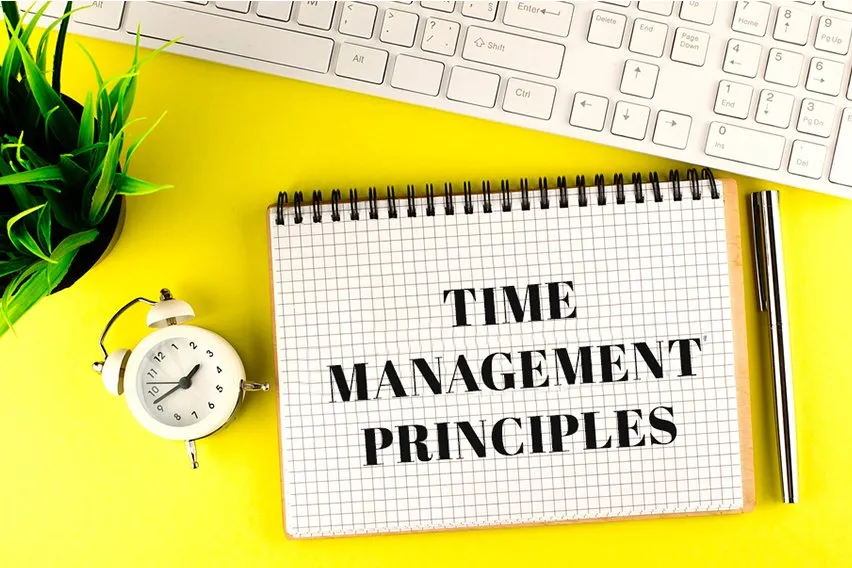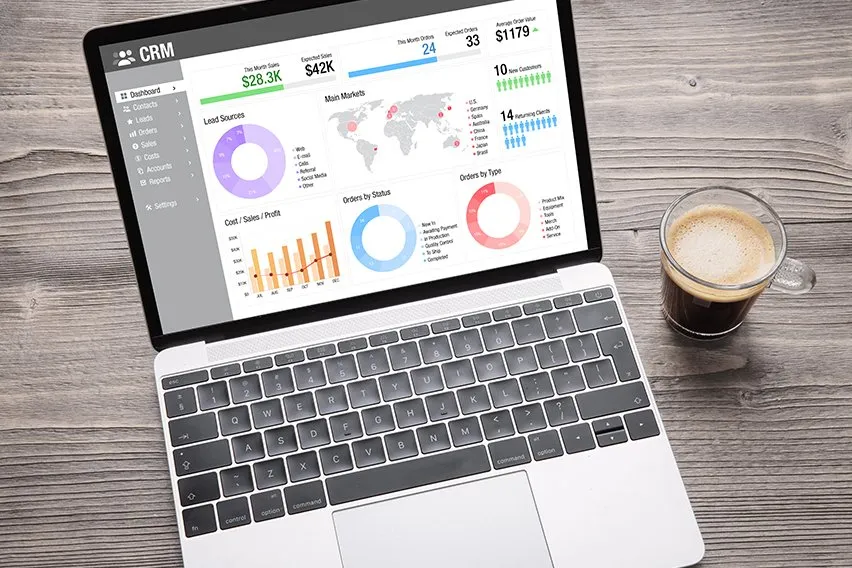How to Monitor Employees Performance: 5 Ways

Monitoring employee performance is a delicate balance. These are the best ways to do it without infringing on privacy.
Employee performance can be hard to monitor in the best of times. It’s fair to say that hovering around your employees would get you the reputation of being a micromanager. You don’t want to be the helicopter parent of the office. There is an expectation of privacy in every organization.
As a good manager, you need to trust your employees to get on with their work.
At the same time, you can’t leave your employees with zero check-ins. This could lead to poor productivity or even suspicious activities. You could also end up rewarding the wrong people for spearheading a project if you’re unsure who did the actual work.
So what’s the solution?
Today we focus on employee monitoring techniques that keep your team in check without scaring them. We find the balance between monitoring and supporting. Read on to learn more.
Here’s What We’ll Cover:
1. Schedule Project Check-Ins With Your Team
4. Individual Employee Check-Ins
1. Schedule Project Check-Ins With Your Team
This form of monitoring performance feels more supportive to your employees than anything else. By scheduling check-ins regularly, you can see the progress of each participant.

Are they hitting their milestones?
If they aren’t reaching deadlines, do they have a good explanation and solution?
Do all people working on the project have evidence to show their individual efforts?
How is everyone working as a team?
Is there any client feedback so far? (if applicable)
What can you do to support the team as they complete the project?
The best way to go about this is to schedule the check-ins before the project even starts. It means you are more involved in the progression of the project right from the beginning. It also motivates your employees to have demonstrable progress made at each juncture. Or a great excuse as to why they haven’t moved forward on a certain task.
The only pitfall you may run into with scheduled check-ins is the performance of performance. Because your employees know that a check-in meeting is around the corner, they scramble to have something to show you, which is not real progress. Having clearly defined milestones for your work projects are the best way to combat this. You may also want to do unscheduled check-ins from time to time to keep employees on their toes.
2. Visual Monitoring
How much can you see with your own two eyes? Of course, this depends on the type of work you do and where you do it. If you have a remote office, observing your employees doesn’t work at all. However, if you are physically creating products, you’ll be able to see who is slacking.
In an office environment, desk time is hard to measure. You also probably shouldn’t attempt to do so. Just because someone walks around the office every hour doesn’t mean they are less productive than other team members. It could be the complete opposite. They could be employing time management skills like the Pomodoro technique to take frequent breaks.
Another level of this is conceptual. What produced work can you see with your own eyes? If you own a graphic design studio, are your employees producing finished work at a decent rate? What measures do you use as psychical evidence that your employees are getting the job done?
The danger with visual monitoring is exactly what you’re imagining. You become the “overseer”. Spying on employees like a strict teacher. It doesn’t create a very friendly work environment if people feel they are being watched. It comes across as controlling. Not to mention, you probably don’t have time to constantly hover over your employees. You have enough of your own work to do.
So although we’re including this as a potential technique, it’s probably the least measurable and effective. Feel free to combine this method with others on this list so that you don’t become the office spy.
3. Time Tracking Software
Time tracking is a useful tool in every circumstance. We mostly use it for hourly employees, contractors or business expense trips. But it’s effective for full-time, salaried employees too.
It helps to see any inefficiencies in time management in your team. You can also see the amount your employees are working with real-time metrics.
If the output doesn’t match the amount of desk time, you know something is off. Knowing that you have a company time tracker can also naturally improve employee productivity.
There are many time tracking applications on the market for every type of team. There are web apps like Clockify. We have one here at FreshBooks too that integrates with our invoicing software. That way you can bill your clients for the exact amount of time your team works on their project.
Time tracking is only effective if your team members use it. That sounds like an obvious point, but that’s the greatest barrier to any software solution. You may not always remember to click the “start” button on your timer when you sit down to work. And manual time tracking is inefficient and generous.
If you choose to do this, use apps that have a very low barrier to entry. Some even automatically start time tracking when certain websites are opened on the browser. Investigate to see what will work best for your team.
4. Individual Employee Check-Ins
Individual employee check-ins are wonderful for helping your staff feel supported. You don’t have to frame this short meeting as a review. It’s a casual touchpoint to ask how the person is getting on and if they need anything from you.
What is their own view of their performance? Do they think they can improve in some areas? Is something going on in their lives that is affecting performance overall? These are great questions to ask in the least interrogatory tone you can manage.
It’s the opportunity for your employees to reflect on their own work. Not a structured performance review by you.

5. Task Management Software
The final solution is probably the best. It’s the least intrusive and most useful for everyone involved.
Using a task management system helps keep track of your projects and milestones overall. You can see the progress in real-time. The metrics are clear and the responsible parties for each task are also clear.
Task management software can create activity logs. This makes it one of the most effective employee monitoring tools.
This is the best solution for remote teams. You can access the company productivity system from any electronic device.
Again, software solutions only work if the entire team is using them. If anyone forgets to check off their tasks once they are complete, it will look like they are slacking when they’re not.
Project manager software is also quite expensive. It’s a great investment in company resources if your employees use them well.
Key Takeaways
Performance tracking is a key management skill you’ll need as a business owner. But the trick is not to be a tyrant or a spy. Use these methods of employee monitoring in an open and supportive way, your employees will appreciate you for it.
For more employee management tips, head to our resource hub!
RELATED ARTICLES

 6 Effective Time Management Principles to Know
6 Effective Time Management Principles to Know The Pros and Cons of Working Remotely
The Pros and Cons of Working Remotely How to Write a Business Development Plan: A Step By Step Guide
How to Write a Business Development Plan: A Step By Step Guide 6 Best Lead Management Software
6 Best Lead Management Software Importance of Deadlines in Business: Why Does It Matter
Importance of Deadlines in Business: Why Does It Matter